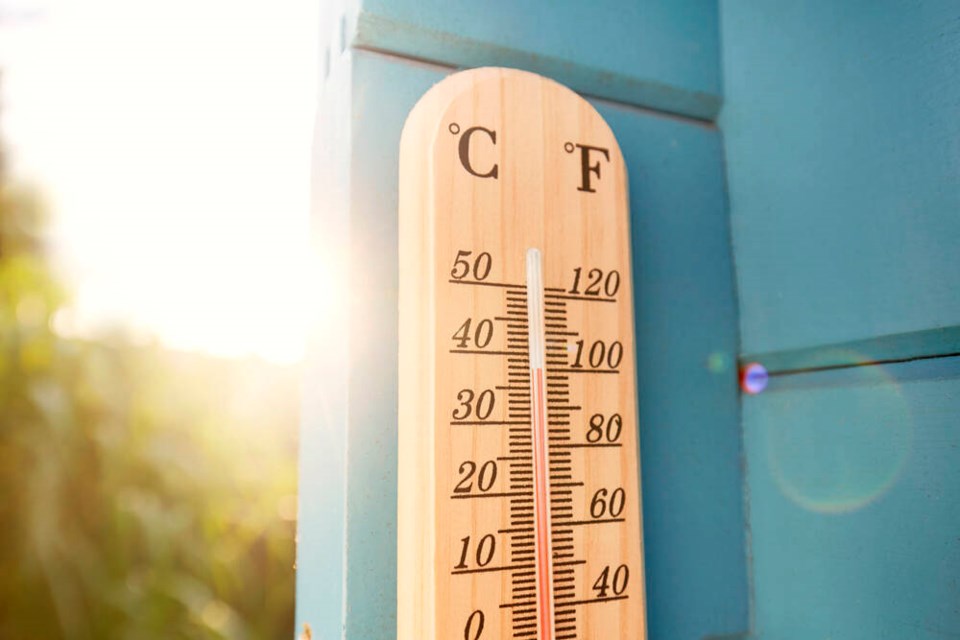The New Westminster school district is updating its procedures to help schools prepare for extreme heat.
In the past, the school district has had procedures in place to deal with inclement weather, but they focused on winter weather hazards such as heavy snowfall and ice.
Now, with schools facing more frequent challenges from heatwaves, the school district has updated its administrative procedures to talk about “extreme weather and other hazards” — the latter encompassing such issues as power failure, heating breakdown, disruption of water supply, and fire or heavy smoke.
The procedures say the district will try to keep schools open and in session on all school days provided student and staff safety can be ensured. In the event of extreme weather or hazards, it will “initiate the appropriate actions to provide the safest conditions for students and staff.”
The updated procedures call for “coordination and guidance” from Fraser Health around school closures related to extreme heat or poor air quality. Ultimately, it’s up to the superintendent to decide when schools will close, either individually or across the district.
Principals “shall encourage parents to exercise their prerogative to keep their children at home should the weather or hazardous situation (example: poor air quality due to smoke) be extreme,” the procedure says — a message that will be presented in regular school newsletters or a letter to parents early in the school year, followed up with reminders in the fall (to prepare for extreme cold events) and in the spring (to prepare for extreme heat).
The revised administrative procedure also sets out steps specific to extreme heat — something that has become an increasing concern in the district over the past few years.
In 2021, the district closed schools for a day during the final week of classes, when New Westminster saw temperatures surpass 40 C during the B.C. heat dome.
This past May, an early-season heatwave saw indoor temperatures hit 28 C to 33 C in school classrooms — with particular challenges at New Westminster Secondary School and Skwo:wech Elementary School, as well as in portables around the district. Parents and staff brought their concerns about overheated classrooms to the board table at meetings in May and June.
The school district’s revised administrative procedure references a “Heat Stress Exposure Control Plan,” which secretary-treasurer Bettina Ketcham noted was created mainly by the district’s occupational health and safety manager. It addresses both personal considerations, like how to dress for the weather, and environmental considerations, such as placement of fans and closure of blinds to control heat in classrooms.
Each school will have its own specific, local plan that deals with the conditions of that specific location; principals are tasked with identifying rooms or areas of the school that pose a risk of heat stress and including considerations in their plan about how to mitigate that risk.
They will also make sure each school has a cool-down room and emergency supplies ready, checking to make sure it’s equipped for the season prior to spring break of each year.
No district schools have air conditioning, because government funding for school construction hasn’t included cooling systems.
However, the district has said it’s “optimistic” that cooling systems and possible retrofits will be considered by the province and that it was having “ongoing conversations” to that effect.




